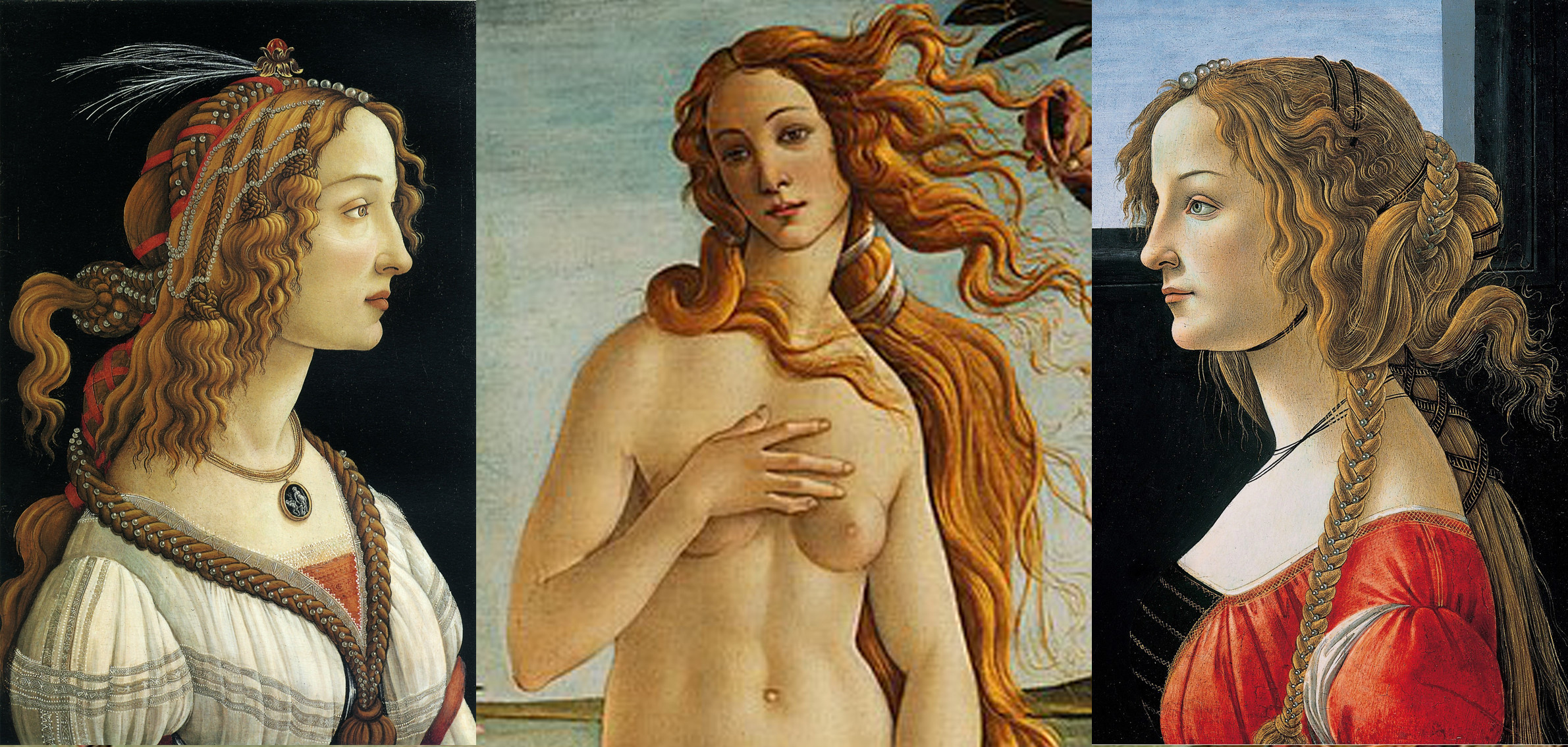
Simonetta Vespucci: Botticelli's muse
Those who watched the tv show Medici, were left wondering about the
real story of Simonetta Cattaneo Vespucci, the noblewoman considered to
have been the muse of Sandro Botticelli. In the episodes of the tv
series we see how Simonetta and Giuliano de Medici fall in love while
posing as models for one of Botticelli’s paintings, but as romantic as
it is, the pair never had an affair. As far as we know, obviously. And
we don’t know much to say the truth.
We know that Simonetta Cattaneo, was born in 1453, in one of the most
ancient noble families of Genoa and was married to the banker Marco
Vespucci, a relative of the famous Amerigo, who gave the name to
America. We know that at sixteen she had already moved to Florence and
that she died at twenty-three, probably of plague. We don’t know much
else about her, except that she was a woman of extraordinary beauty.
It is undeniable the resemblance between Simonetta and the women in
Sandro Botticelli paintings, which leaves us wondering…was there
something going on between the two?
Sandro Botticelli and Simonetta, surely must have known each other,
since they lived on the same street, via Nuova, and there’s a theory
behind the resemblance between the female figures in Botticelli’s works
and Simonetta. If this theory is true, is yet to be seen, though.
Many have speculated, in fact, that they were actually lovers or at least that Botticelli was in love with Simonetta.
Legend has it, that Botticelli asked to be buried next to Simonetta in
the Ognissanti church, but the truth is his family tomb was already in
Ognissanti, so was the Vespucci’s, so it was inevitable that the two
would be buried in the same church.
Was Botticelli really in love with Simonetta? It was never verified, and
there is also to take into consideration the fact that at some point,
in 1502, Botticelli was accused of sodomy…so, who knows, maybe he just
admired her beauty only from an artistic point of view.
He must have believed her to be the most beautiful woman he had ever
seen, if he kept on depicting her, or a woman amazingly similar to her,
in all his paintings.
Her beauty must have been extraordinary indeed, because it also inspired
the pen of Lorenzo the Magnificent, who wrote not one, but four poems
for her after her premature death.
We will probably never know the truth, but we like to believe that this
story had involved some kind of romance at some point. After all, art in
itself is pure passion, is it not?



